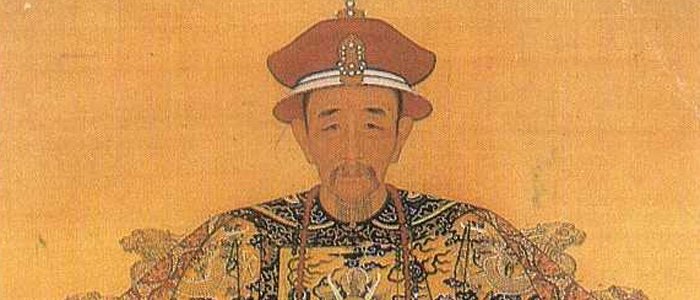A Kaleidoscope of Images
(from the The Original I Ching Oracle , Watkins Publishing, London, 2005, Introduction)
Historically the texts of the Yi Jing are the result of an accretion process whose beginning can be traced back to shamanic practices of the Shang dynasty (1765-1123 BC, see below, Modern views of the origins of the Yi). These texts have been described as
a kaleidoscope of images resulting… from combinations and re-combinations of factual oracular statements. Each one of these images incorporates fragments of ancient statements. In each sentence of the Yi Jing we find one, two, three, rarely more, of these combined images, simply juxtaposed, and often strewn with forgotten technical divinatory terms. The whole is without any connection, but exactly like with a kaleidoscope, one is seized, in spite of oneself, by an impression of wonder.
(Léon Vandermeersch, “Origine de la divination par l’achillée et forme primitive du Yi Jing,” in Hexagrammes N° 4, Centre Djohi, Paris, 1988)
The language of the Yi Jing is therefore closer to the language of dreams than to that of philosophical discourse. In spite of the many layers of philosophical interpretation that through the millennia have sought to elucidate them, their vitality lies rather in their proximity to the mundus imaginalis. Their constituent images have emerged from shamanic trance, while their organization in terms of the interplay of yin and yang through the geometric code of the hexagrams is the result of a long process of classification, systematization and philosophical reflection. Therefore the Yi Jing straddles the divide between two radically different frames of mind, between the right and left hemisphere of the brain, metaphorically speaking, or the intuitive and the logical mind, and offers a bridge to move back and forth between the two. For the oracular use of the Yi Jing an understanding of the imaginal nature of its texts is of utmost importance. Because, like dream images, the images of the Yi Jing do not have a unique a priori interpretation. Depending on the context, they can be read in many different ways. And the context is given by the consultant’s situation and question.
Read on: a mirror of the present
